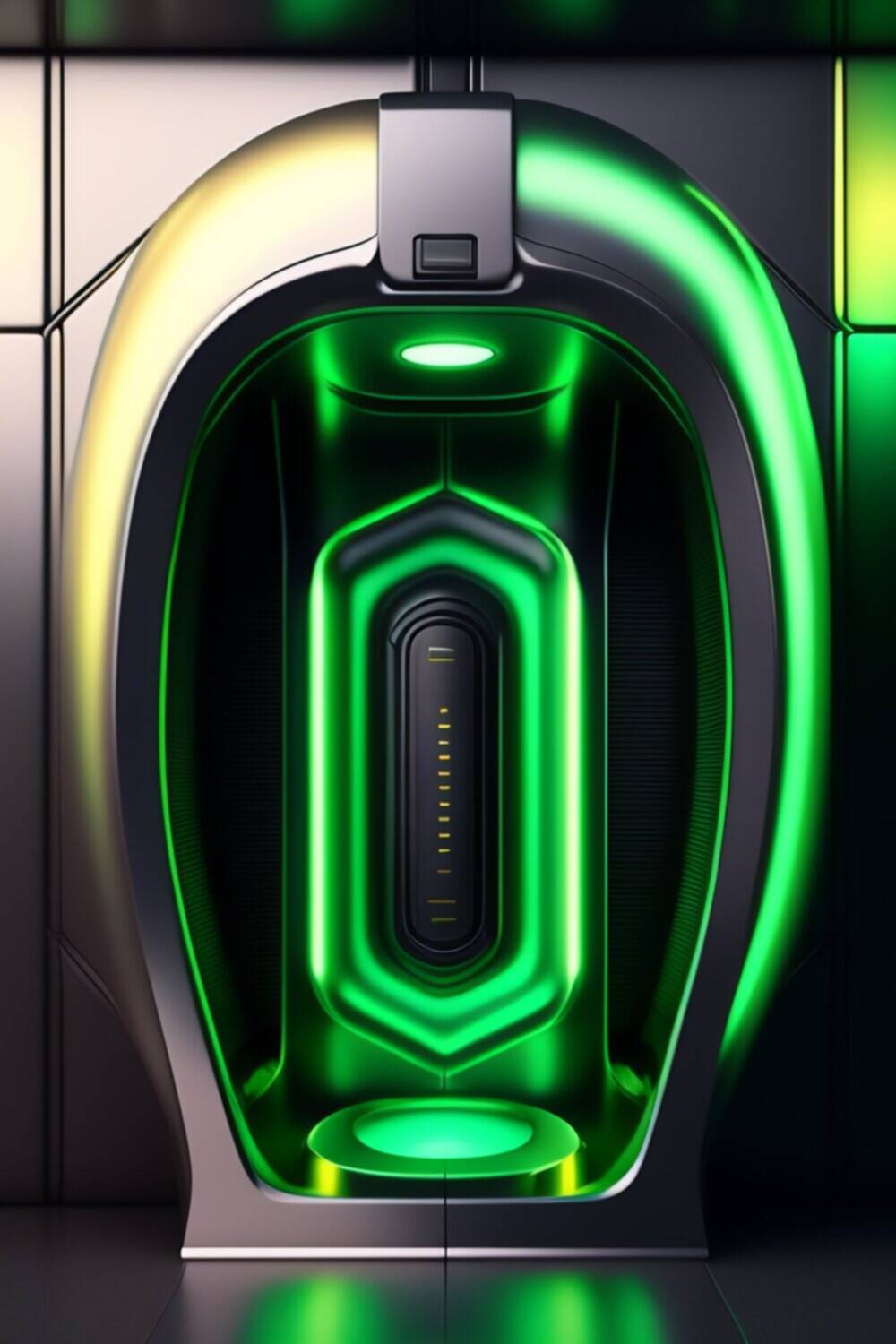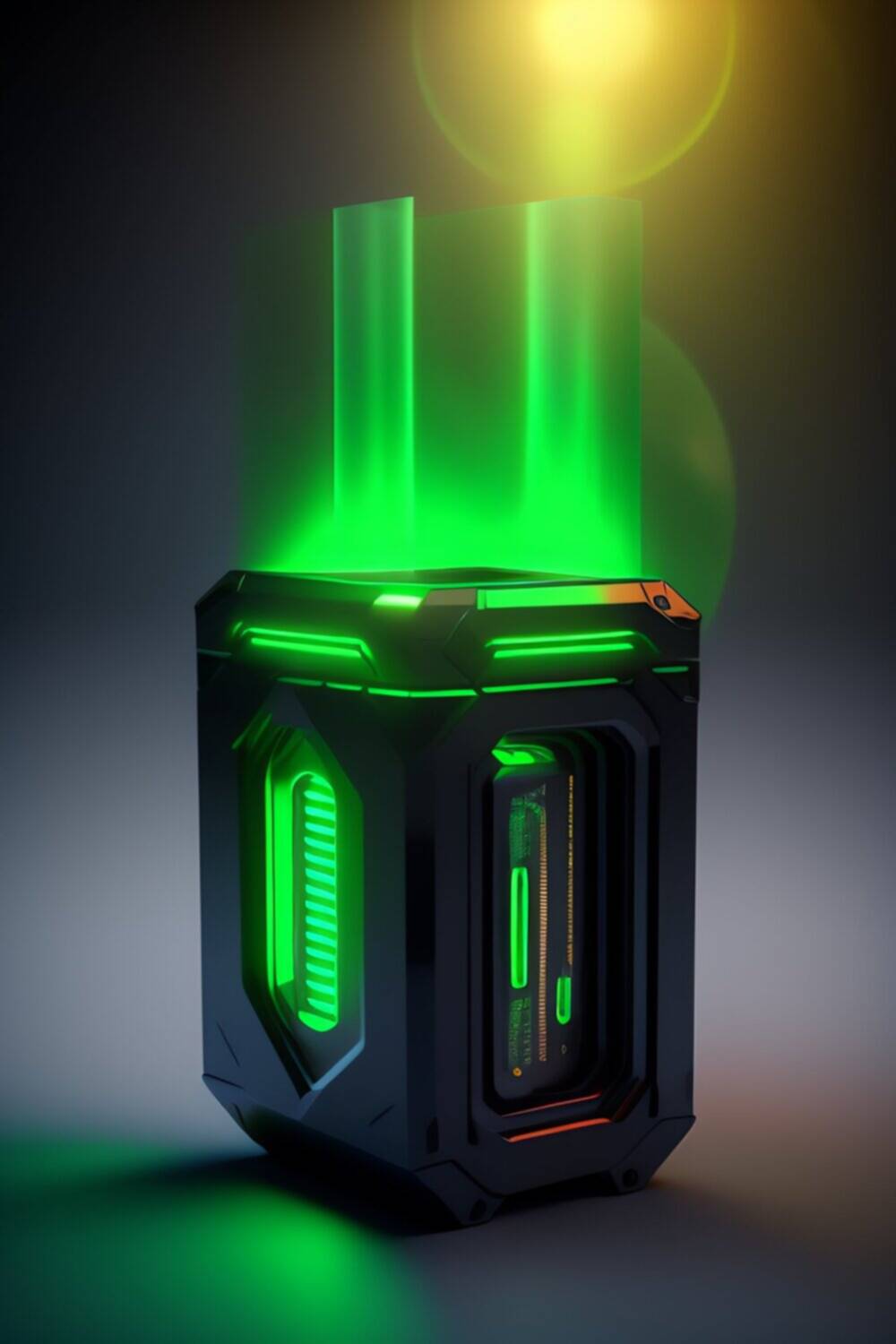Explore the comparison between Nvidia RTX 4090 and Titan V graphics cards for deep learning tasks. Discover their performance, capabilities, power consumption, and user experience to make an informed decision.
In the field of deep learning, the choice of a graphics card can greatly impact the performance and efficiency of training and inference tasks. Two prominent contenders in this domain are the Nvidia RTX 4090 and Titan V graphics cards. Both cards boast impressive specifications and features specifically designed to cater to the demanding requirements of deep learning applications. This article aims to provide a comprehensive analysis and comparison of these graphics cards to help you make an informed decision regarding the best choice for deep learning endeavors.
Performance and Specifications Comparison
When comparing the performance and specifications of the Nvidia RTX 4090 and Titan V, several key factors come into play. The RTX 4090 features a cutting-edge architecture with a significant increase in CUDA cores, memory bandwidth, and Tensor Cores. It offers a higher TFLOP (floating-point operations per second) count, enabling faster deep learning computations compared to the Titan V.
The Titan V, on the other hand, excels in memory capacity, offering a larger VRAM size suitable for handling larger datasets. It also incorporates high-bandwidth memory (HBM2), which further enhances its performance in memory-intensive tasks.
In terms of architectural differences, the RTX 4090 introduces advancements such as improved ray tracing capabilities and DLSS (Deep Learning Super Sampling) technology, which can enhance the visual quality of deep learning models and accelerate rendering tasks.
To evaluate their deep learning performance, benchmark results can provide valuable insights. These benchmarks include popular deep learning frameworks and tasks such as image classification, object detection, and natural language processing. By comparing the performance metrics in these benchmarks, it is possible to assess the capabilities of each card.
Deep Learning Capabilities
When it comes to deep learning capabilities, both the Nvidia RTX 4090 and Titan V offer robust support for popular deep learning frameworks like TensorFlow, PyTorch, and MXNet. They provide optimized libraries and APIs that enable developers to leverage the full power of their GPUs.
The Tensor Cores present in both cards play a crucial role in accelerating deep learning tasks. They specialize in performing matrix calculations and are particularly beneficial for tasks involving convolutional neural networks (CNNs) and matrix multiplications. The RTX 4090 incorporates an upgraded version of Tensor Cores, which can further improve the overall performance in deep learning workloads.
Memory capacity and bandwidth are vital considerations for handling large datasets in deep learning. The Titan V’s larger VRAM size provides an advantage when working with extensive data, as it allows for more significant batches to be processed. The RTX 4090, while offering a smaller VRAM size compared to the Titan V, compensates with improved memory bandwidth, which facilitates faster data transfers.
Price and Value for Money
When making a decision on which graphics card to choose for deep learning, the price and value for money are important factors to consider. The Nvidia RTX 4090 tends to be priced higher than the Titan V due to its cutting-edge features and improved performance. However, it is crucial to assess the value provided by each card in terms of deep learning performance and long-term cost-effectiveness.
The RTX 4090’s advanced architecture and increased CUDA core count make it a formidable choice for users seeking top-of-the-line deep learning performance. Its ability to handle complex algorithms efficiently can result in faster training and inference times, potentially offsetting the higher initial investment.
On the other hand, the Titan V offers a balance between performance and cost, making it a more budget-friendly option for deep learning enthusiasts. Its larger VRAM size and HBM2 memory architecture provide substantial memory capacity and bandwidth, making it suitable for memory-intensive workloads.
To determine the best value for money, it is essential to evaluate the specific deep learning requirements and budget constraints. The RTX 4090 may be more suitable for those seeking uncompromising performance, while the Titan V provides a more affordable alternative without compromising on essential deep learning capabilities.
Power Consumption and Cooling
Power consumption and cooling play vital roles in deep learning systems, as prolonged training sessions can generate substantial heat and increase energy consumption. The Nvidia RTX 4090 and Titan V differ in terms of power requirements and thermal design power (TDP).
The RTX 4090 is built with power efficiency in mind, featuring improvements over its predecessors. While it offers enhanced performance, it aims to maintain power consumption at reasonable levels. Its advanced cooling solutions, including multiple fans and efficient heat dissipation mechanisms, contribute to a well-regulated temperature.
The Titan V, while providing excellent performance, has a relatively higher power consumption compared to the RTX 4090. This increased power consumption leads to more heat generation, necessitating effective cooling solutions to maintain optimal operating temperatures. Ensuring proper ventilation and system cooling becomes crucial to preventoverheating and potential performance throttling.
System requirements should be considered when choosing between the two cards, especially if power constraints or cooling capabilities are a concern. The RTX 4090’s power efficiency and advanced cooling mechanisms make it a favorable choice for users aiming to minimize power consumption and maintain optimal operating conditions.
Software and Driver Support
Nvidia has a strong track record of providing comprehensive software support for their graphics cards, specifically tailored for deep learning tasks. Both the RTX 4090 and Titan V benefit from regular driver updates, ensuring compatibility with the latest deep learning frameworks, libraries, and tools.
Deep learning frameworks like TensorFlow and PyTorch are optimized to leverage the unique features offered by Nvidia GPUs. Both cards are well-supported by these frameworks, enabling developers to harness the power of their GPUs efficiently. It is important to consider the availability of software tools and features provided by Nvidia, such as CUDA, cuDNN, and TensorRT, as they can greatly enhance deep learning performance and productivity.
Nvidia’s commitment to continuous improvement and optimization is reflected in their frequent updates and bug fixes. This ensures that users have access to the latest advancements and optimizations, enabling them to stay up to date with the evolving deep learning landscape.
User Experience and Ease of Use
The user experience and ease of use of a graphics card are essential factors to consider, especially for individuals new to deep learning or those seeking a seamless workflow. Installation processes, software interfaces, and overall usability can significantly impact the productivity and satisfaction of users.
Both the RTX 4090 and Titan V provide straightforward installation procedures, ensuring that users can quickly set up their systems and start utilizing the capabilities of the cards. Nvidia’s software interfaces, such as the Nvidia Control Panel, offer intuitive controls and settings that allow users to customize their deep learning environment according to their specific requirements.
In terms of noise levels and heat dissipation, the RTX 4090’s advanced cooling solutions contribute to a quieter working environment compared to the Titan V, which may produce more noise due to its higher power consumption and heat generation. Users should consider their preferences and working conditions when deciding between the two cards.
Customer feedback and reviews are valuable resources for assessing the overall user experience. By exploring user opinions and experiences, potential buyers can gain insights into real-world usage scenarios and make informed decisions based on the collective feedback.
Limitations and Future Prospects
While both the Nvidia RTX 4090 and Titan V offer impressive performance and capabilities, it is important to acknowledge their limitations. The RTX 4090’s higher price point may be a limiting factor for users on a tight budget, and its smaller VRAM size compared to the Titan V could pose challenges when working with exceptionally large datasets.
On the other hand, the Titan V, while offering excellent value for money, may not provide the same level of performance as the RTX 4090 in certain deep learning tasks. Its architecture, while powerful, is not as advanced as the RTX series, which may limit its compatibility with future algorithms and frameworks.
Looking towards the future, Nvidia continues to push the boundaries of graphics card technology, with new releases and advancements on the horizon. It is advisable to stay informed about upcoming developments and evaluate their potential impact on deep learning performance and compatibility.
Conclusion
In conclusion, the choice between the Nvidia RTX 4090 and Titan V for deep learning depends on specific requirements, budget constraints, and performance expectations. The RTX 4090 offers cutting-edge architecture, improved performance, and power efficiency, making it ideal for users who prioritize top-tier performance and the latest features. The Titan V, on the other hand, provides a more affordable option without compromising on essential deep learning capabilities, making it suitable for users on a budget.
By considering factors such as performance, deep learning capabilities, price, power consumption, software support, user experience, and limitations, individuals can make an informed decision based on their unique needs and goals in the realm of deep learning.
FAQs
FAQ 1: Can the Nvidia RTX 4090 and Titan V be used for gaming?
While both the Nvidia RTX 4090 and Titan V are primarily designed for deep learning and professional use, they can also be used for gaming. However, gaming-focused graphics cards such as the RTX 3000 series or the upcoming RTX 4000 series might provide a better price-to-performance ratio for gaming enthusiasts.
FAQ 2: Which graphics card is more suitable for real-time rendering applications?
For real-time rendering applications, the Nvidia RTX 4090 is generally more suitable due to its advanced architecture, improved ray tracing capabilities, and DLSS technology. These features enhance visual quality and enable faster rendering, providing a better experience for real-time rendering applications.
FAQ 3: Can I use multiple graphics cards in parallel for enhanced deep learning performance?
Yes, multiple graphics cards can be used in parallel to improve deep learning performance. This approach, known as GPU scaling or multi-GPU training, distributes the computational workload across multiple GPUs, reducing training time and increasing overall performance. However, it is essential to ensure compatibility and proper system configuration to take full advantage of multi-GPU setups.
FAQ 4: What are the key factors to consider when choosing a graphics card for deep learning?
When choosing a graphics card for deep learning, key factors to consider include performance metrics (such as CUDA cores and TFLOPs), memory capacity and bandwidth, deep learning framework support, power consumption, software and driver support, user experience, and budget constraints. Evaluating these factors in relation to your specific deep learning requirements will help you make an informed decision.
FAQ 5: Are there any alternatives to Nvidia RTX 4090 and Titan V for deep learning tasks?
Yes, there are alternative graphics cards for deep learning tasks, such as the Nvidia RTX 3080, RTX 3090, and AMD Radeon RX 6000 series. These cards offer varying levels of performance, capabilities, and price points. It is recommended to compare their specifications, benchmarks, and compatibility with deep learning frameworks before making a decision.



